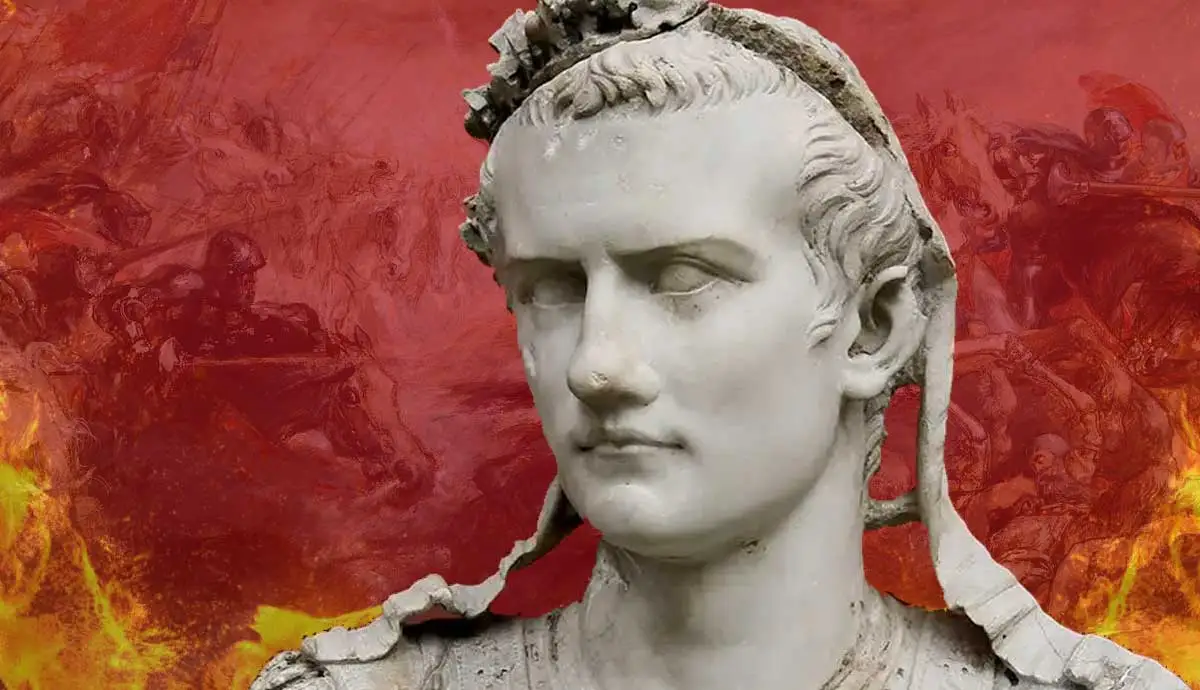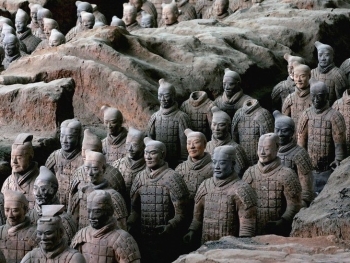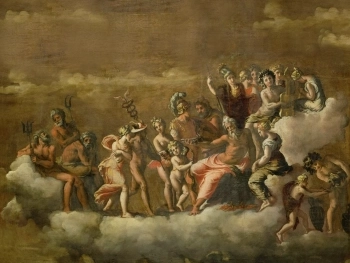In the annals of Roman history, few figures evoke as much fascination and revulsion as Emperor Caligula. Known for his erratic behavior, tyrannical rule, and descent into madness, Caligula's reign stands as a cautionary tale of unchecked power and hubris. From the iconic Caligula bust to the infamous statue that laughed at Caligula, the symbols and imagery associated with this enigmatic emperor offer valuable insights into his tumultuous reign and eventual downfall.
Caligula, whose real name was Gaius Julius Caesar Augustus Germanicus, ascended to the imperial throne in 37 AD, following the death of his predecessor, Tiberius. Initially hailed as a youthful and promising ruler, Caligula's reign quickly descended into a maelstrom of violence, extravagance, and paranoia. His penchant for cruelty and capriciousness earned him a reputation as one of history's most infamous despots.
Central to Caligula's legacy is the imagery and symbolism associated with his reign. One of the most enduring symbols of Caligula's rule is the Caligula symbol itself, which evokes the specter of madness and tyranny that characterized his reign. From the depiction of his likeness on coins to the portrayal of his exploits in contemporary literature, Caligula's image became synonymous with excess and cruelty.
Among the most iconic representations of Caligula is the Caligula statue, which once stood as a testament to his power and authority. Crafted by skilled artisans of ancient Rome, these statues depicted Caligula in various poses of imperial grandeur, conveying an air of majesty and invincibility. However, the image of Caligula immortalized in stone belied the darkness that lurked beneath the surface of his rule.
Perhaps the most notorious example of Caligula's descent into madness is the infamous statue that laughed at Caligula. According to ancient sources, Caligula became convinced that a statue erected in his honor was mocking him with its laughter. In a fit of rage and paranoia, he ordered the statue destroyed, a chilling testament to the depths of his insanity.
Images of Caligula, whether in the form of statues, busts, or coins, offer a window into the turbulent reign of one of Rome's most infamous emperors. Yet, behind the facade of imperial grandeur lay a dark and twisted psyche, driven by paranoia, cruelty, and megalomania.
Caligula's downfall was as swift as it was spectacular. In 41 AD, he was assassinated by members of the Praetorian Guard, bringing an end to his reign of terror. Yet, the legacy of Caligula's rule endured long after his death, serving as a cautionary tale of the dangers of absolute power and unchecked ambition.
The symbols and imagery associated with Caligula's reign offer a glimpse into the tumultuous world of ancient Rome and the psyche of one of its most infamous rulers. From the haunting visage of the Caligula bust to the chilling tale of the statue that laughed at Caligula, these relics of the past serve as reminders of the fragility of power and the dangers of madness.




